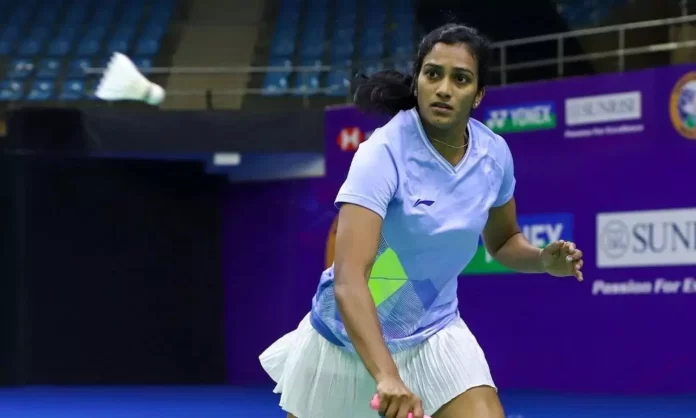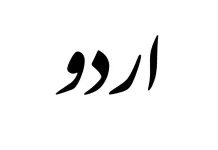As the Indian women’s team at the Badminton Asia Team Championships shuffles its roster to field the strongest possible challenge looking for a win against better-ranked Japan, PV Sindhu has been called upon to play the second doubles rubber, partnering Ashwini Ponnappa.
Thanks to victories from Sindhu, Ashmita Chaliha, and Ashwini-Tanisha Crasto, India defeated Hong Kong 3-0 on Friday to secure its first-ever medal in the women’s division of the competition. In the process, they guaranteed qualification for the Uber Cup Finals.
The Indians will rotate their best players in an attempt to secure a dramatic finals spot, so Sindhu will need to be prepared for the second doubles match, which is the fourth match of the tie.
Although mostly tactical, the choice was made in response to a niggle that bothered India’s best doubles shuttler. Unfortunately, Tanisha Crasto is injured and unable to play. When contacted, the Badminton Association of India stated that Sindhu, who will play doubles, was in favour of the decision to shuffle the doubles teams.
In order to have the best chance of scoring three points, Sindhu and Saina Nehwal have both previously been fielded in doubles, even together, in Uber Cups and team events.
First up is Japan’s Aya Ohori against Sindhu, who has won both of her matches against China and Hong Kong. The Indian star will be confident in her ability to give India the early lead after defeating Ohori, a southpaw ranked 14th in the world, in all 13 of their encounters.
First women’s singles (WS1), first doubles (WD1), WS2, WD2, and WS3 are the order in which the matches are played. The first and second doubles combine are determined by the world rankings. India’s WD1 pair is Ashwini-Tanisha at No. 21, but Treesa-Gayatri replace Ashwini and Sindhu there because they are unranked.
World No. 6 Nami Matsuyama and Chiharu Shida are Japan’s first doubles, based on the team sheet available on tournamentsoftware.com as of 10 p.m. on Friday. Treesa and Gayatri have won a set previously, but Ashwini has never faced this combination with Tanisha. They will give it their best shot on Saturday. The young Indians will need to rise to the occasion, weather the storm, and attempt to steal a point despite having lost their last two games.
Prior to that, Ashmita Chaliha, a vital cog who performed admirably against Hong Kong, was positioned at second singles. Her formidable task is to defeat Nozomi Okuhara, the former world champion who is presently ranked No. 20.
Should national champion Anmol Kharb be called upon at a potential 2-2 point, he will go up against world No. 29 Natsuki Nidaira.
All of the other semifinal matchups, with the exception of the Sindhu singles match, are heavily favoured to Japan. However, this Indian squad prevailed over China 3-2 in their pool match. The Indian women might as well go all out and align in the most probable combinations to secure their first medal at the competition. Although the team includes national champions Priya and Shruti, Ashwini and Sindhu believe they have a better chance of winning this match rather than just providing experience for young players.
Calling on the talisman Sindhu to play doubles for a team that upset China and defeated earlier teams that had never advanced past the quarterfinals is a risky move. However, you can count on her and the more experienced Ashwini to give it their all in the final four and guide this up-and-coming unit for a timid against the Japanese.
The Indian men’s team lost to Japan 3-2 in their quarterfinal match later in the day, although Satwiksairaj Rankireddy, Chirag Shetty, and Lakshya Sen managed to steal a few points from the match.
































